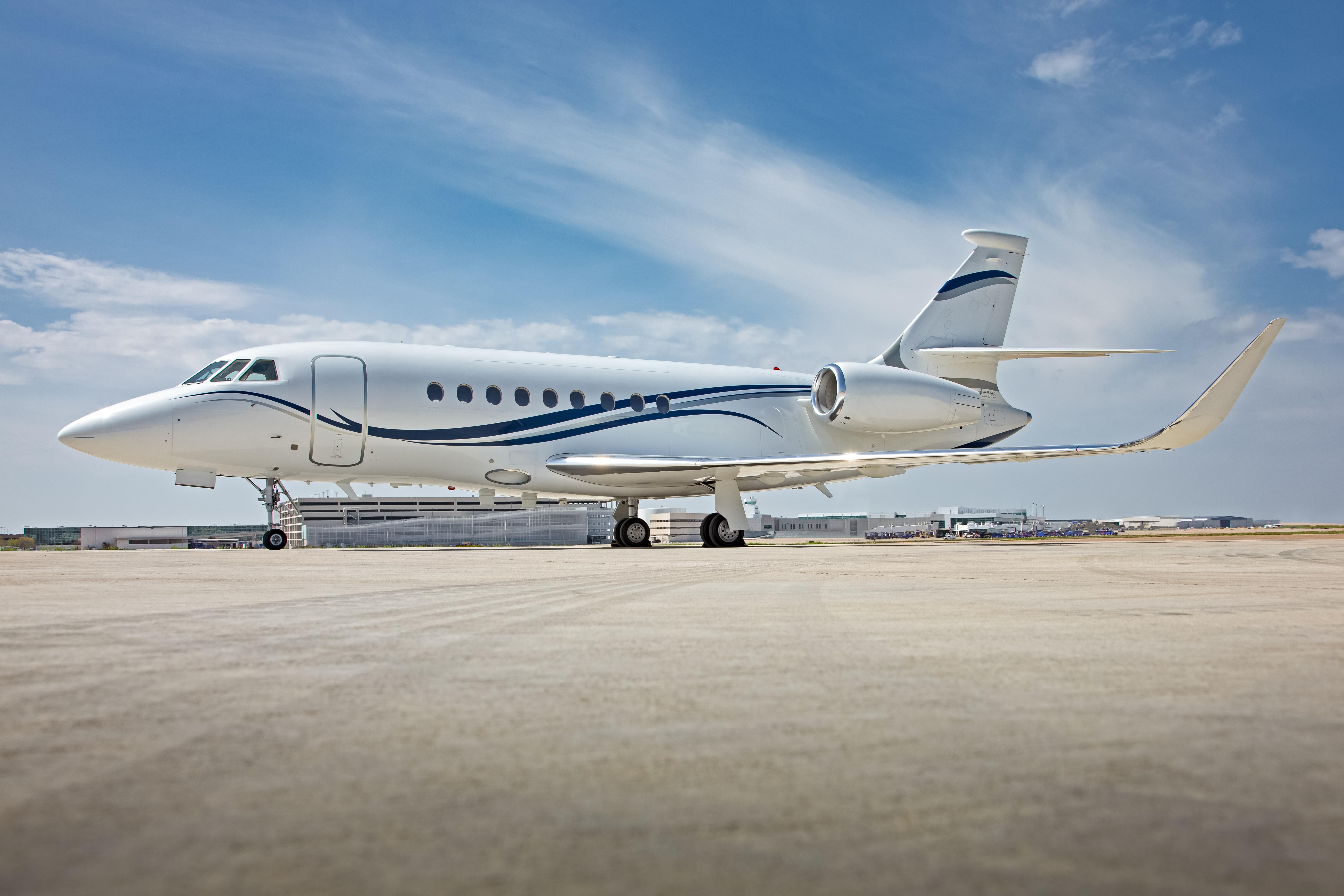
The number of pre-owned business jet transactions is expected to steadily recover from 2020 through 2024, reaching 2,271 transactions worth $11.1 billion a year by 2024, according to a new forecast by Jetcraft, with growth expected in the large jet segment.
Over the five-year forecast period, Jetcraft predicts a total of 10,183 pre-owned transactions worth $48.8 billion, compared to 9,314 transactions valued at $52 billion over the past five years.
The forecast projects a continued increase in large jet transactions over the next five years, although at a slower pace compared to previous years.
The average value of annual pre-owned transactions reached its lowest point in 2020 but is expected to rebound and remain stable over the next five years, it predicts.
“COVID-19 has affected many industries, including our own,” said Jahid Fazal-Karim, Jetcraft owner and chairman of the board. “However, business aviation has started to recover and the reduction in commercial flight activity provides a real opportunity for the sector to further expand its customer base and secure long-term prosperity.”
For one, trends in international trade activity bode well for industry growth, he said. The World Trade Organization projects trade volume to rebound in 2021. In addition, the number of ultra-high-net-worth individuals is expected to grow by 5% a year until 2024. This population is a key driver in business aviation activity.
“Our previous forecasts predicted a downturn,” Fazal-Karim says. “Although it has taken place sooner than we thought, we were prepared and, as a result, are in a stronger position than in 2008.”
The industry has quickly regained momentum.
“I’m confident in its recovery, particularly with more first-time buyers realizing the value of business aviation, and the addition of new platforms, which continue to improve accessibility,” he said.
High-net-worth buyers, as compared to corporate or government buyers, are more likely to invest in large jets. It may be due in part to some corporations avoiding larger jets because of shareholder and public scrutiny, the forecast says.
Transactional data shows that large jets represent a strong share of the purchases by buyers under the age of 50. Interest by younger buyers brings long-term potential to the large jet segment, the forecast says.
“We predict these young, UHNWI (ultra-high-net-worth individuals) large aircraft buyers will transition to become early adopters of new industry innovations, such as sustainable aviation fuel, supersonic jets and electric aircraft,” it says.





